Have you ever seen an ad that makes you think a bit before you “get it?”
Like a tiny mental puzzle, you have to take a second to understand the message. But when you do, it seems to stick in your mind all day.
It’s down to a behavioral science principle called the Generation Effect.
What is the Generation Effect?
The Generation Effect says that we remember messages that make us “fill in the blanks” better than just one that makes us read.
Making people work out an answer for themselves is called a “desirable difficulty” because it benefits memory and attention. For example, researchers at UCLA and UC Berkeley have discovered that the Generation Effect can help students better remember course material. According to their research, generation exercises (like fill-in-the-blank questions or self-testing) made it easier for students to remember information than reading alone.
Here’s how we can apply the Generation Effect in marketing and advertising:
7 Real World Examples of the Generation Effect
1. Create a multi-level brain teaser, like Guinness.
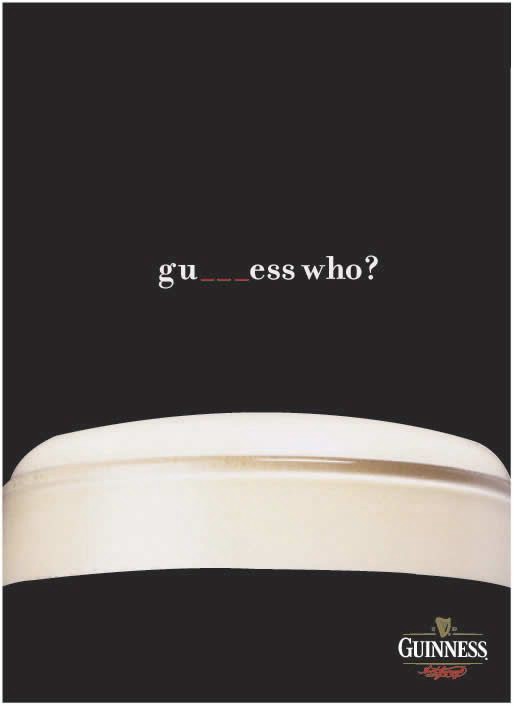
Source: Guinness
The brilliant thing about this ad is that it makes you fill in the brand’s name — Guinness — but the blanks also create another word, “guess.” This ad becomes even more memorable by engaging peoples’ brains on two levels.
2. Make the solution to your puzzle furry and adorable, like Orange County Animal Shelter.
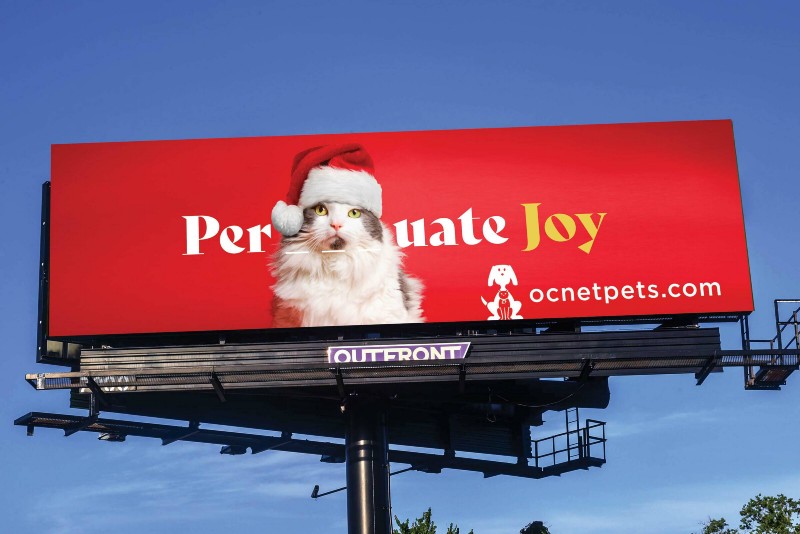
Source: Orange Country Animal Shelter
It’s a little cliche, but cute animals grab our attention. And when you combine an adorable cat in a Santa hat with Generation Effect, you’re more likely to get people thinking about the Orange County animal shelter when they’re ready for a pet.
3. Tease the tagline, like Specsavers
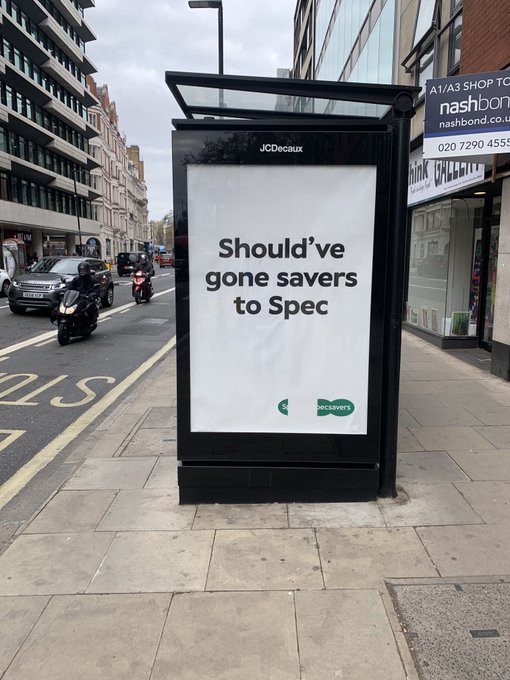
Source: Specsavers
For those who aren’t familiar with British optometry brand Specsavers, their well-known tagline is, “Should’ve gone to Specsavers.” Even though this isn’t a traditional fill-in-the-blank example of the Generation Effect, people still need to do the mental work of untangling the mixed-up tagline.
4. Make your solution to your problem and the puzzle match — like the American Red Cross.
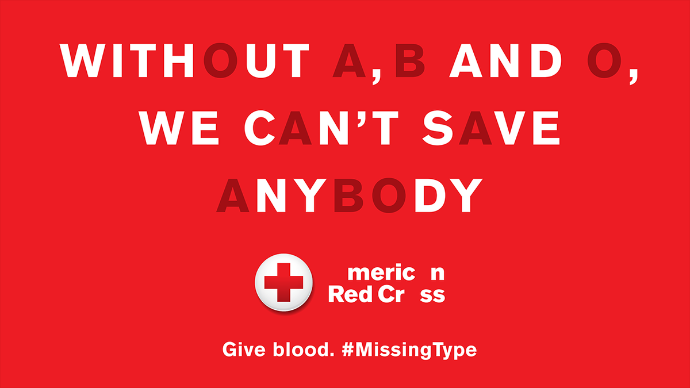
Source: American Red Cross
Here’s what happens when the blood types O, A, and B are missing from the entire ad. You have to work a little harder to figure out this ad. First, understanding why some letters are missing, then putting together the fact that this is an ad about giving blood, then noticing that the missing letters are blood types.
5. Make your brand the missing piece, like this ad from the University of Illinois.

Source: University of Illinois Chicago
Any use of the Generation Effect will be doubly effective if your brand is the thing that’s filling in the blank. Why? Because you’re making it easier for people to remember your brand, recognize it when they see it, and recall it the next time they make a purchase (researchers call this Mental Availability).
6. Drive engagement by having customers come up with the answer (just be prepared to moderate them).
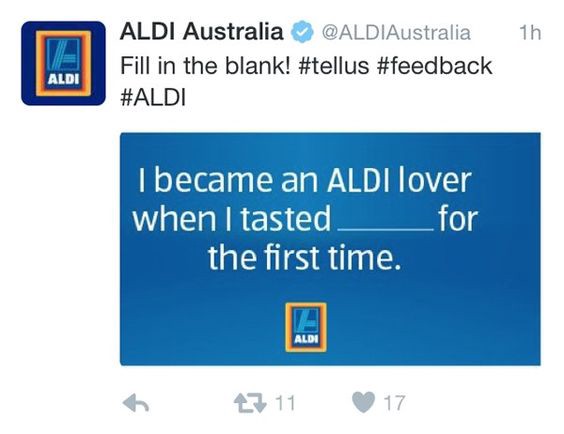
Source: Aldi Australia
Because people better remember something when they have to generate the answer, and we have an unconscious urge to finish what we’ve started — a psychological principle known as the Zeigarnik Effect — this tweet from Aldi is practically begging for customer engagement.
🚀 Learn what makes buyers tick
Join 8k+ of world's best marketers from brands like Disney, Coca-Cola, Google who are learning marketing psychology in <5 mins a week.
7. Make your customers do a little extra mental work to understand an ad, like IKEA.
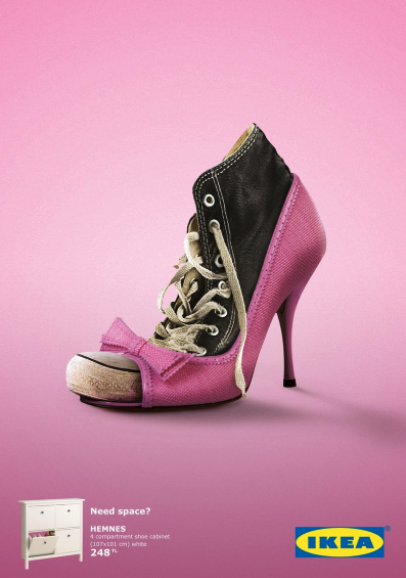
Source: IKEA
This print ad from IKEA not only makes you do some mental work to figure out why a sneaker is stuffed into a high heel, it also speaks to a relatively common customer behavior — when you don’t have enough storage for shoes, you have to create ways to make more space. It uses the Generation Effect to highlight the customer need (more space) and the IKEA solution (a Hemnes shoe cabinet).
The Bottom Line
The Generation Effect can be eye-catching and memory-building when used in marketing, advertising, and customer experience design. To apply this effect, start by asking yourself:
- How can I make customers work just a little bit harder to figure out what my ad is saying? This doesn’t mean creating an overly complicated message with too much information. It just means leaving a blank for people to fill in that’s easy enough that most people can solve it, but hard enough that it’s not completely obvious.
- How can I make my brand the star? The Generation Effect works well when you’re conveying a simple message that is likely more brand-focused than conversion or product education-focused. So think about how your brand assets can be the thing that people remember, not the puzzle (like the Guinness, Specsavers, and the University of Illinois examples above).
